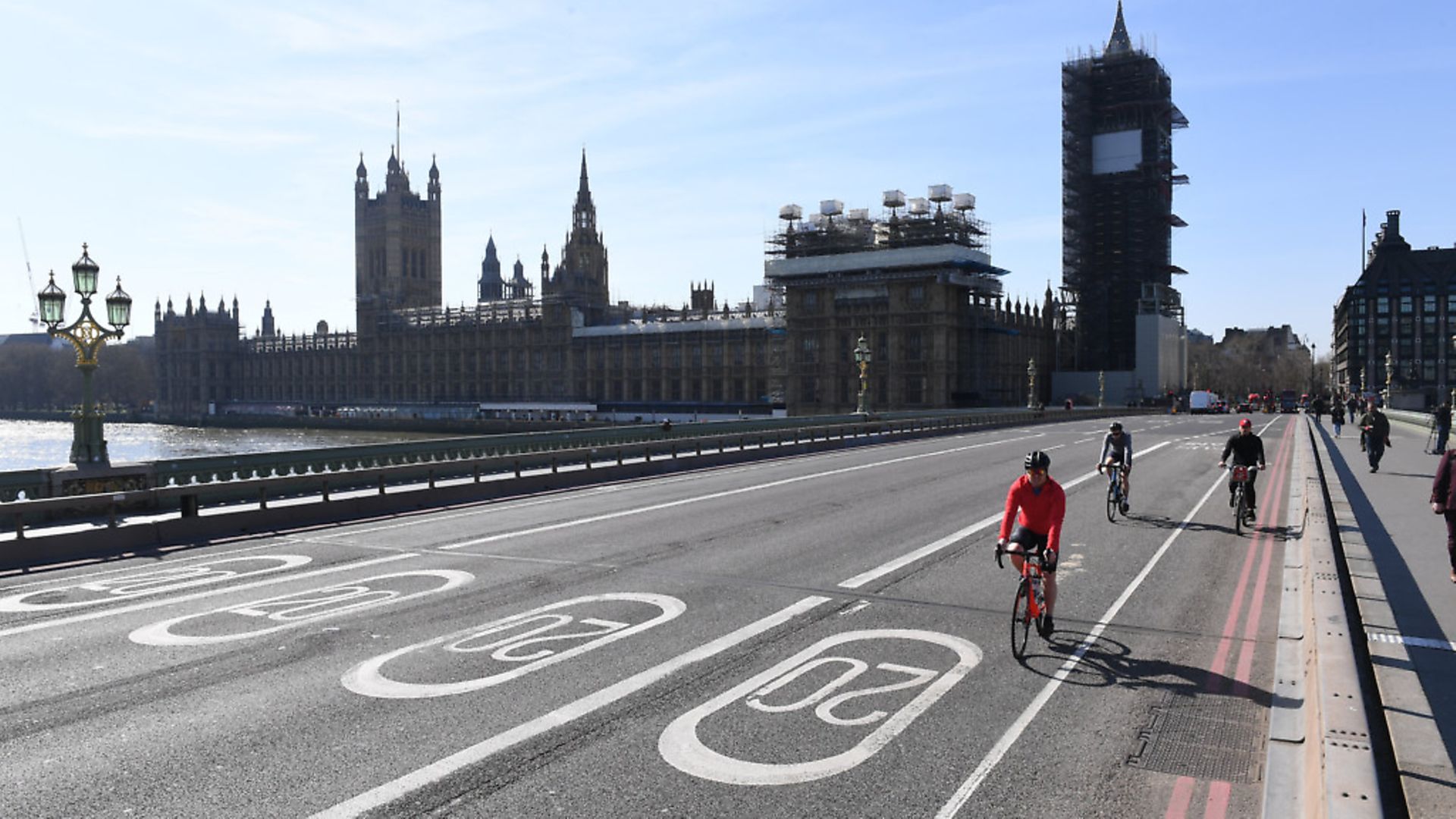
Westminster’s ‘tardy’ lockdown meant that the coronavirus infection rate for London in April was as high as Stockholm in Sweden where the government there was pursuing a ‘herd immunity’ strategy.
A new study looked at antibody tests – which determine whether a person has previously been infected – showing that 17% of people in both London and Stockholm had previously been infected, according to a new paper published in the Journal of the Royal Society of Medicine.
While the paper’s authors criticised the UK’s lockdown as ‘tardy’ it also pointed out that the ‘herd immunity’ approach in Sweden was failing to achieve its goal which aimed to protect the vulnerable.
Have your say
Send your letters for publication to The New European by emailing letters@theneweuropean.co.uk by Tuesday at 9am and pick up an edition each Thursday for more comment and analysis. Find your nearest stockist here, read the newspaper on our app, or subscribe to a print or digital edition for just £13. You can also join our readers' Facebook group to keep the discussion and debate going with thousands of fellow pro-Europeans.
The approach – which aimed to ensure a significant proportion of the population had been infected they would become immune – intended to protect vulnerable people who were less likely to survive infection.
Swedish officials had predicted that, by May, 40% of the population of Stockholm would have been infected, but the actual rates were much lower.
The option of herd immunity was considered in the UK early on but dismissed.
The paper – titled Four months into the Covid-19 pandemic, Sweden’s prized herd immunity is nowhere in sight – examines infection rates across Sweden and compares it to other Scandinavian countries.
The authors point out that Sweden, compared with other Scandinavian nations which introduced stricter lockdowns, had ‘continued persistence of higher infection and mortality (as one is inexorably linked to the other) well beyond the few critical weeks period seen in Denmark, Finland and Norway, whose rapid lockdown measures seem to have been initially more successful in curtailing the infection surge’.
The authors – retired doctor David Goldsmith and Eric J W Orlowski from University College London – wrote: ‘Lest this strategy seem like just the traditional risky Swedish exceptionalism, we in the UK would do well to remember we nearly trod the same path.
‘Right now, despite ‘strict (but tardy) lockdown’ in the UK, and the more measured Swedish response, both countries have high seven-day averaged SARS-CoV-2 death rates when compared to other Scandinavian and European countries.
‘Only once we can fully understand both the pandemic and the impact of the measures that were taken – after 1–2 years at least – can we then begin fairly to judge what was done correctly.’









